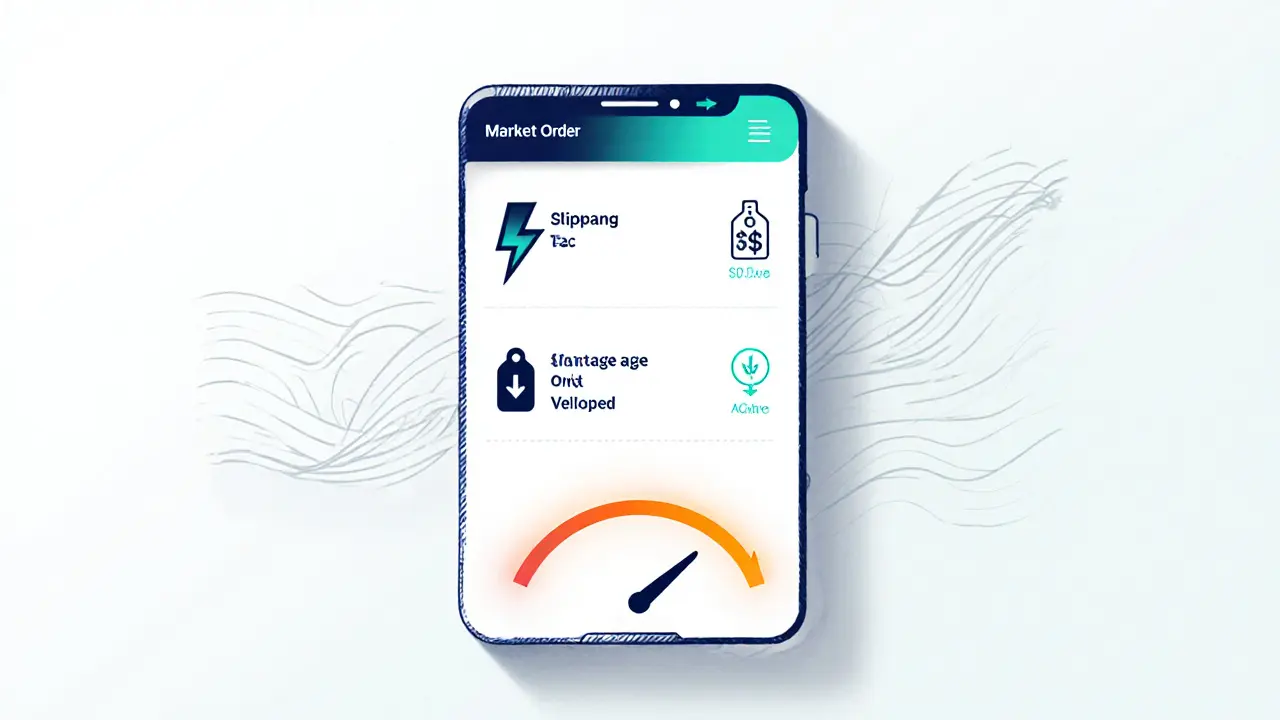Liquidity: What It Means in Crypto and DeFi
When working with liquidity, the ability of an asset to be bought or sold quickly without causing large price changes. Also known as market depth, it powers everything from single‑token trades on centralized exchanges to complex multi‑token swaps on decentralized platforms. Without enough liquidity, even small orders can swing prices, create slippage, and make trading painful for everyone.
Key Players that Shape Liquidity
One of the biggest drivers of liquidity in the crypto world is the Decentralized Exchange (DEX), a platform that lets users trade directly from their wallets using smart contracts. DEXs rely on liquidity pools, collections of tokens locked in smart contracts that provide the needed depth for swaps. When a pool is deep, traders enjoy low slippage and fast execution; when it’s shallow, prices can jump dramatically.
Another related entity is DeFi lending, services that let users borrow or lend crypto assets without a middle‑man. DeFi lending platforms need ample liquidity to match borrowers with lenders, keep interest rates stable, and avoid liquidations. The more liquid the pool, the better the rates and the safer the system.
Sidechains and cross‑chain bridges also influence liquidity. A sidechain, an auxiliary blockchain that runs alongside a main chain and can move assets back and forth, lets users shift tokens to environments with lower fees or faster confirmation times. When users move assets onto a sidechain with a high‑volume DEX, they effectively boost that DEX’s liquidity, creating new arbitrage opportunities and tighter spreads.
These entities form a network of dependencies: DEXs require liquidity pools, liquidity pools depend on active users and sidechain bridges, and DeFi lending needs deep pools to set competitive rates. Together they create a feedback loop where more participants attract more liquidity, which in turn draws even more traders and lenders.
Below you’ll find a curated set of guides, reviews, and deep‑dives that explain how each piece works in practice. Whether you’re figuring out how to add tokens to a pool, compare DEX fees, or assess the safety of a lending protocol, the articles ahead break down the concepts into clear steps and real‑world examples.
Market Orders vs Limit Orders: How They Work in Order Books
Learn how market orders and limit orders work inside an order book, when to use each, and how they affect speed, price, slippage and liquidity.
VIEW MORE
